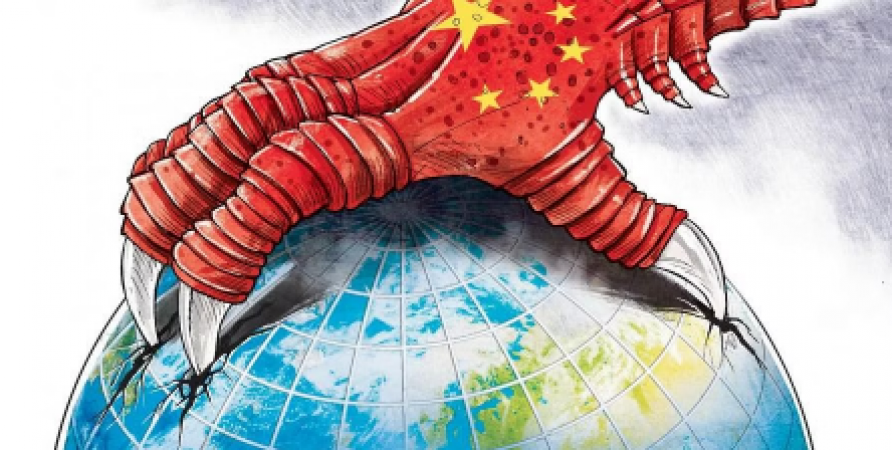
New Delhi: The debt trap in China refers to a situation in which countries become heavily indebted to China, frequently as a result of accepting loans for infrastructure projects. Countries can consider the following strategies to address this issue:
1. Strengthen economic management: Improve financial governance and transparency to ensure that loans are used efficiently and effectively. Implement measures to prevent corruption and mismanagement of funds.
2. Diversify funding sources: Seek financial assistance and investments from a variety of sources, such as multilateral development banks, other countries, and private investors. This reduces dependency on a single lender and minimizes the risk of falling into a debt trap.
Also Read: How to becoming a international debt free nation?
3. Conduct thorough cost-benefit analysis: Before accepting any loan or entering into agreements, countries should carefully assess the economic viability and potential long-term implications of the projects. Evaluate the expected returns, potential risks, and debt sustainability to avoid taking on excessive debt burdens.
4. Negotiate favorable loan terms: Prioritize negotiations to secure reasonable loan terms, including lower interest rates, longer repayment periods, and flexible repayment schedules. Engage in transparent and accountable negotiations to avoid hidden clauses or unfavorable conditions that could lead to debt traps.
5. Strengthen domestic revenue generation: Focus on improving tax collection systems, promoting economic growth, and diversifying the economy. By increasing domestic revenue, countries can reduce reliance on external loans and enhance their ability to repay debts.
Also Read: Jio-bp unveils premium diesel @less than normal diesel sold by PSUs
6. Enhance financial literacy and capacity: Invest in building local expertise in financial management, project evaluation, and negotiation skills. This empowers countries to make informed decisions, effectively manage loans, and avoid falling into debt traps.
7. Promote regional cooperation: Collaborate with neighboring countries and regional organizations to develop joint infrastructure projects or share resources. This collective approach can distribute the financial burden and mitigate the risks associated with a single country's overwhelming debt.
8. Seek debt restructuring or relief: In cases where debt burdens become unsustainable, countries can negotiate with lenders, including China, for debt restructuring or relief. This may involve extending repayment periods, reducing interest rates, or forgiving a portion of the debt.
9. Strengthen legal frameworks: Establish robust legal and regulatory frameworks to protect the country's interests and ensure fair lending practices. This includes transparent procurement processes, anti-corruption measures, and mechanisms to resolve disputes or renegotiate loan terms.
10. Engage in strategic diplomacy: Actively engage in diplomatic efforts with China and other international partners to address debt concerns. Seek mutually beneficial solutions that promote economic development while safeguarding national interests.
Also Read: Due to the sharp increase in energy prices, inflation in France accelerated in April
It is important to note that each country's situation is unique, and each country's approach to escaping the debt trap will differ. Consultation with economists, financial experts, and international organisations can provide additional guidance tailored to the specific circumstances of a country.